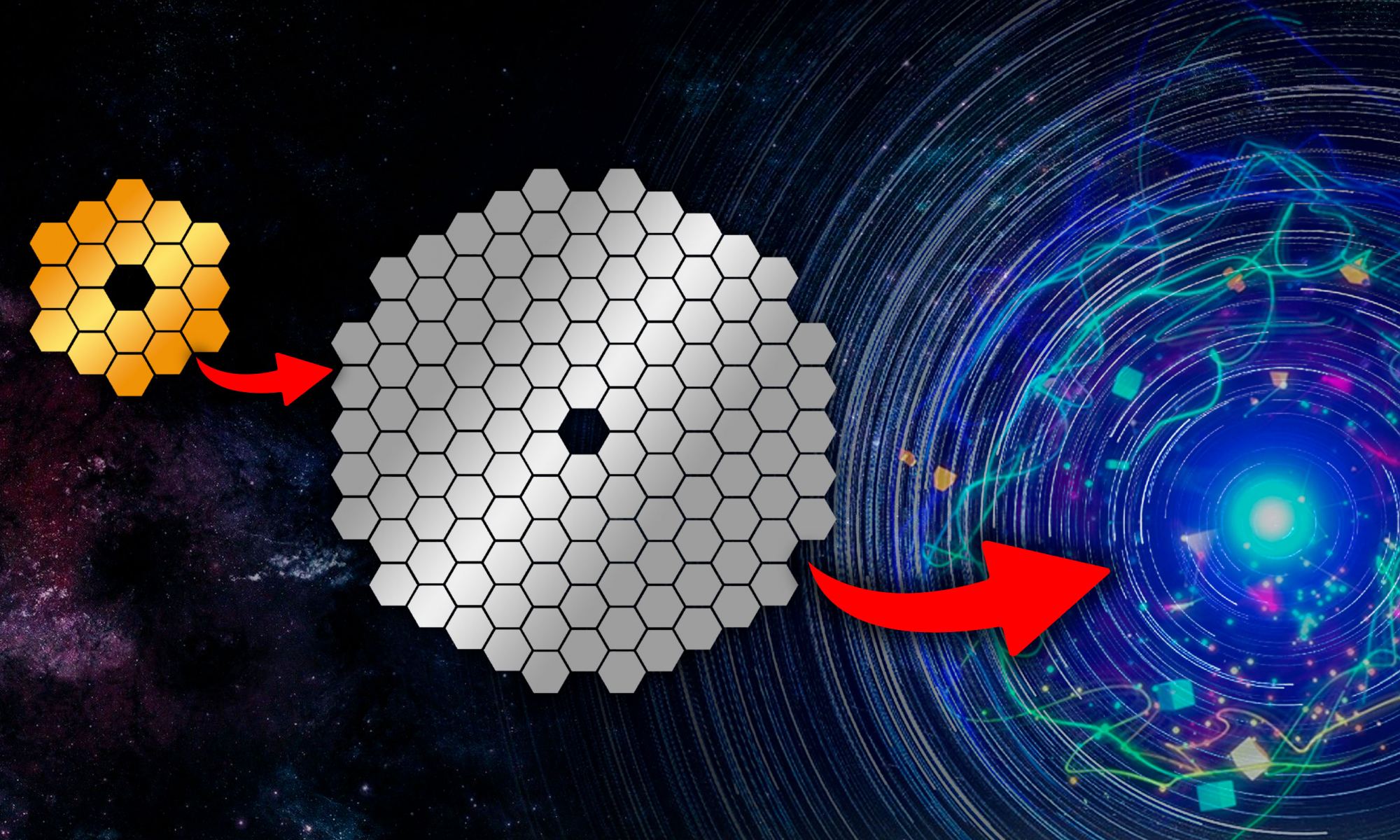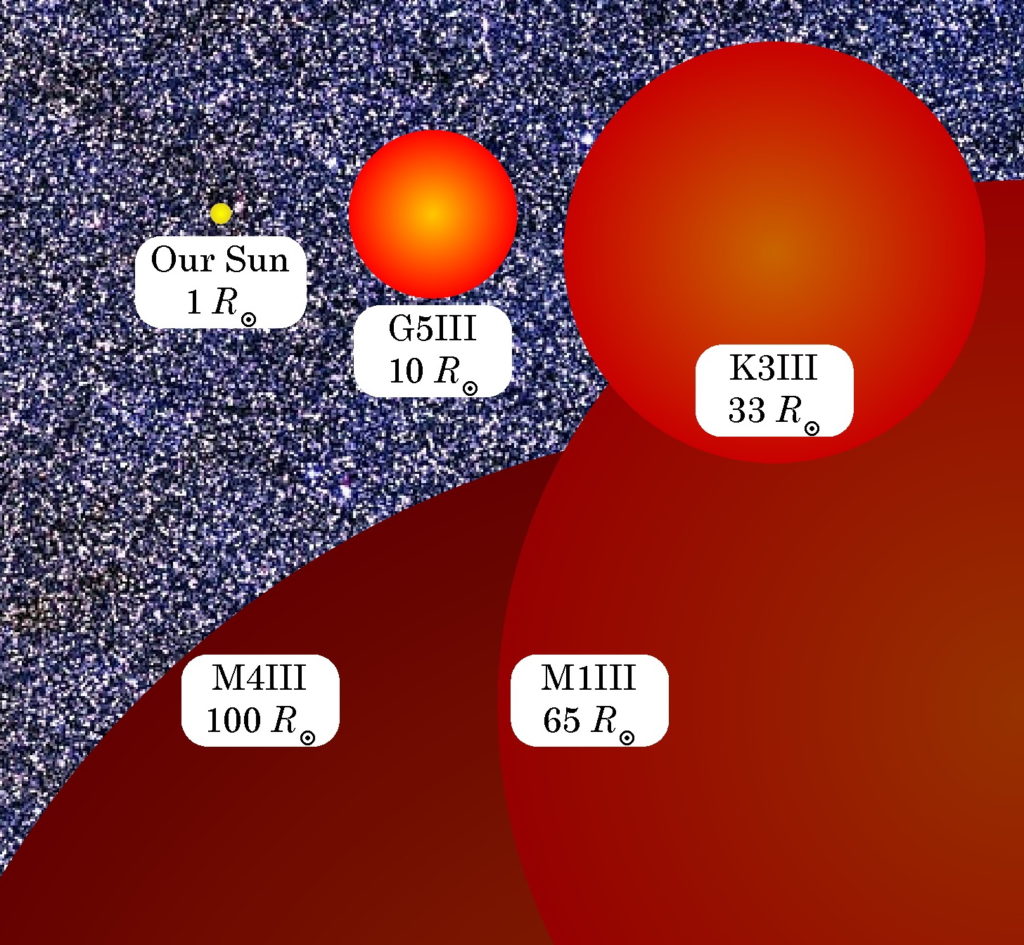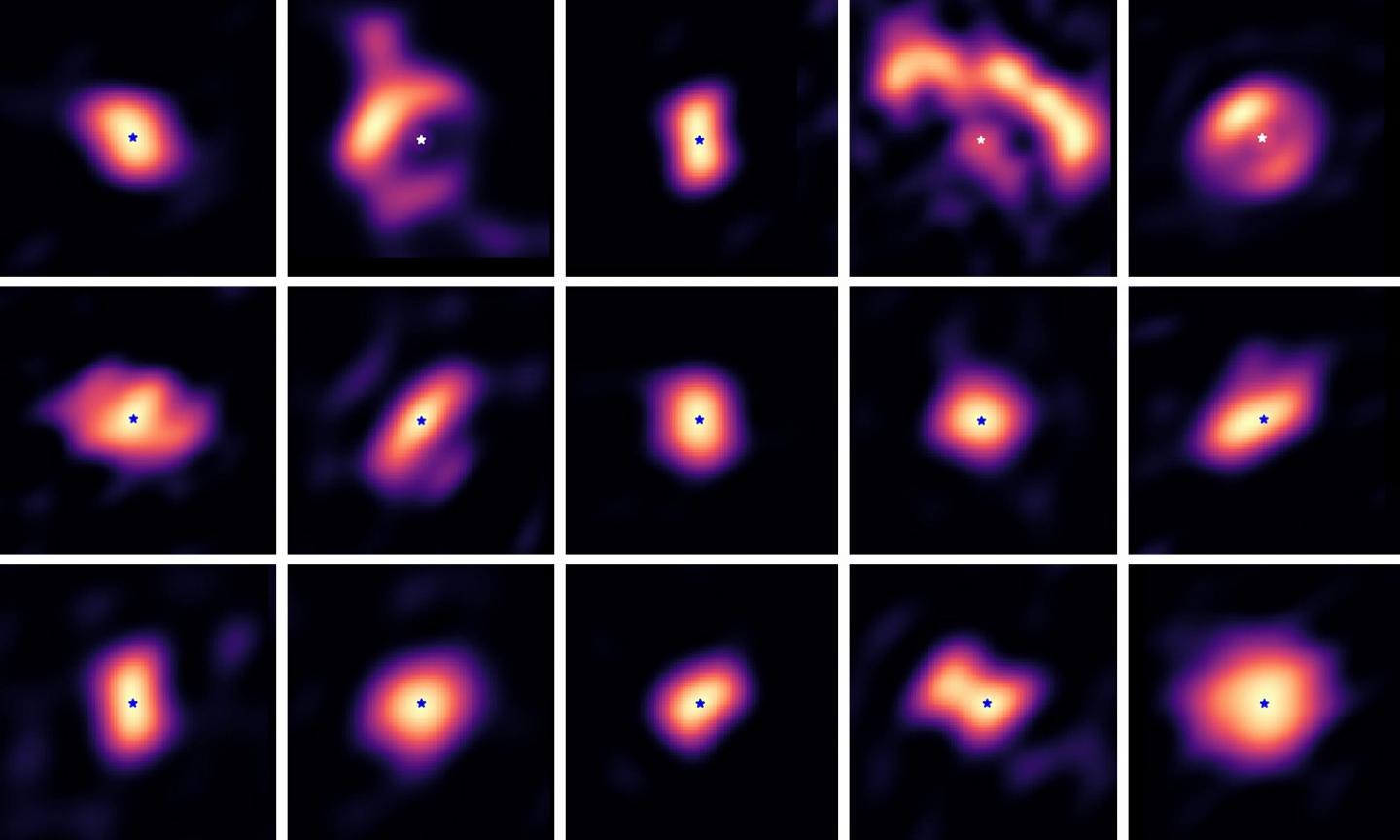Humanity is facing an atmospheric threat of our own device, and our internecine squabbles are hampering our ability to neutralize that threat. But if we last long enough, the reverse situation will arise. Our climate will cool, and we’ll need to figure out how to warm it up. If that day ever arises, we should be organized enough to meet the challenge.
If there are other civilizations out there in the galaxy, one may already be facing a cooling climate or an ice age. Could we detect the greenhouse chemicals they would be purposefully emitting into their atmosphere in an attempt to warm their planet?
Continue reading “Could We Detect an Alien Civilization Trying to Warm Their Planet?”









